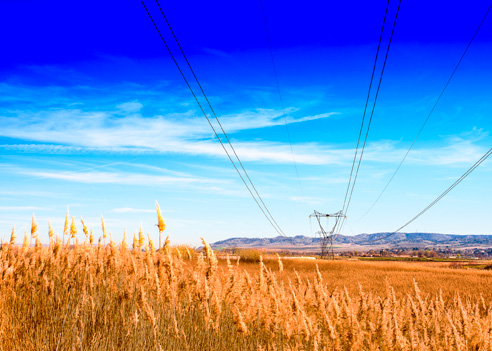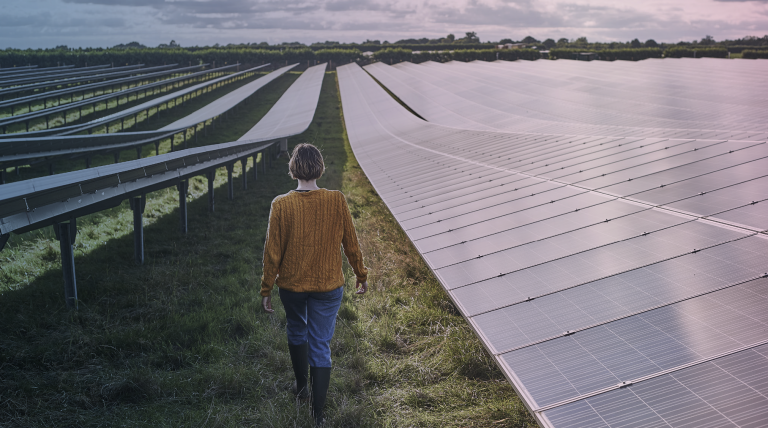For 40 years, we've been driving our country's economic and social progress. Four decades shaping Spain.
Red Eléctrica has started building the last underground stretch of the Mas Figueres-Palau line to promote industrial growth in the Vallés region
The last stretch comprises one kilometre of underground line and was awaiting the urban development of an industrial estate to connect it to the Palau sub-station
The project is expected to last for about six months and will involve a total investment of 2.8 million euros
Red Eléctrica, Redeia's subsidiary responsible for the transmission and operation of the electrical system in Spain, has started the construction of the final section of the 220 kV line between the Mas Figueres and Palau sub-stations, located in the town of Palau-solitá i Plegamans in the Vallés region (Barcelona). The connection between the two sub-stations will improve the electricity supply across the region as well as drive industrial development in the area, ultimately fostering economic growth and employment opportunities.
The final stretch of this line, which was awaiting the urban development of an industrial estate in the town of Palau-solità i Plegamans, spans one kilometre in length and will be underground, avoiding the installation of overhead lines and their impact on the environment. The projects will have an investment of 2.8 million euros from Red Eléctrica and are expected to be completed by the end of the year.
This is a crucial initiative for the region, as outlined in the electrical planning approved by the council of ministers. The commissioning of this new infrastructure will significantly enhance the quality and security of the electricity supply to the towns of the Riera de Caldes, an area characterised by a strong industrial presence and a high demand for electricity. Therefore, it will be crucial to attract new activities and enhance the competitiveness of those already present, thereby fostering economic and social development in the region.
In addition, the new facility will also contribute to the energy transition goals, aiding in the decarbonisation of industrial, service, and transmission processes in the area by electrifying current thermal energy uses that rely on fossil fuels.
Downloads












